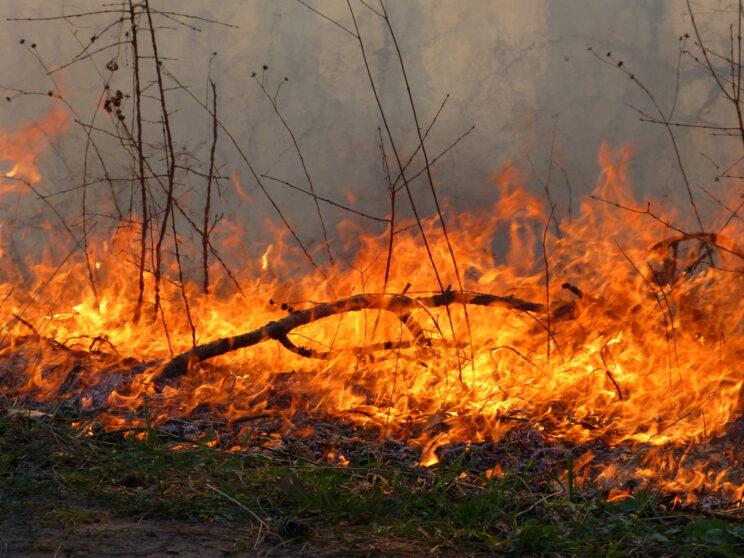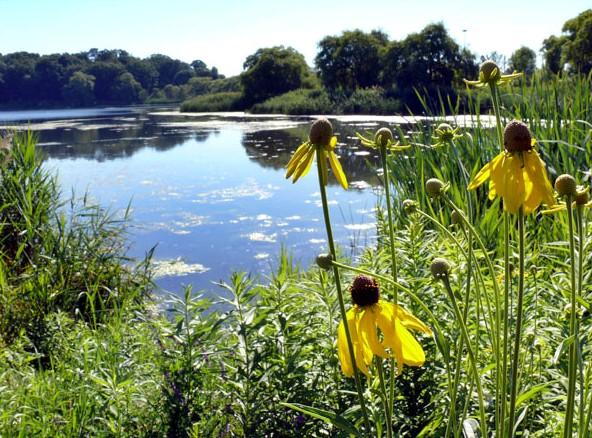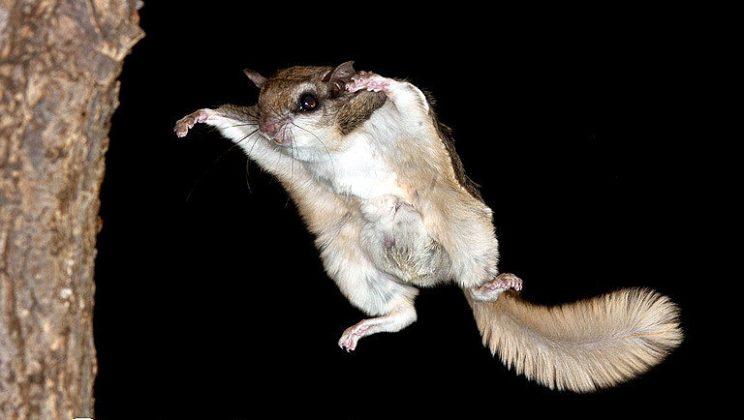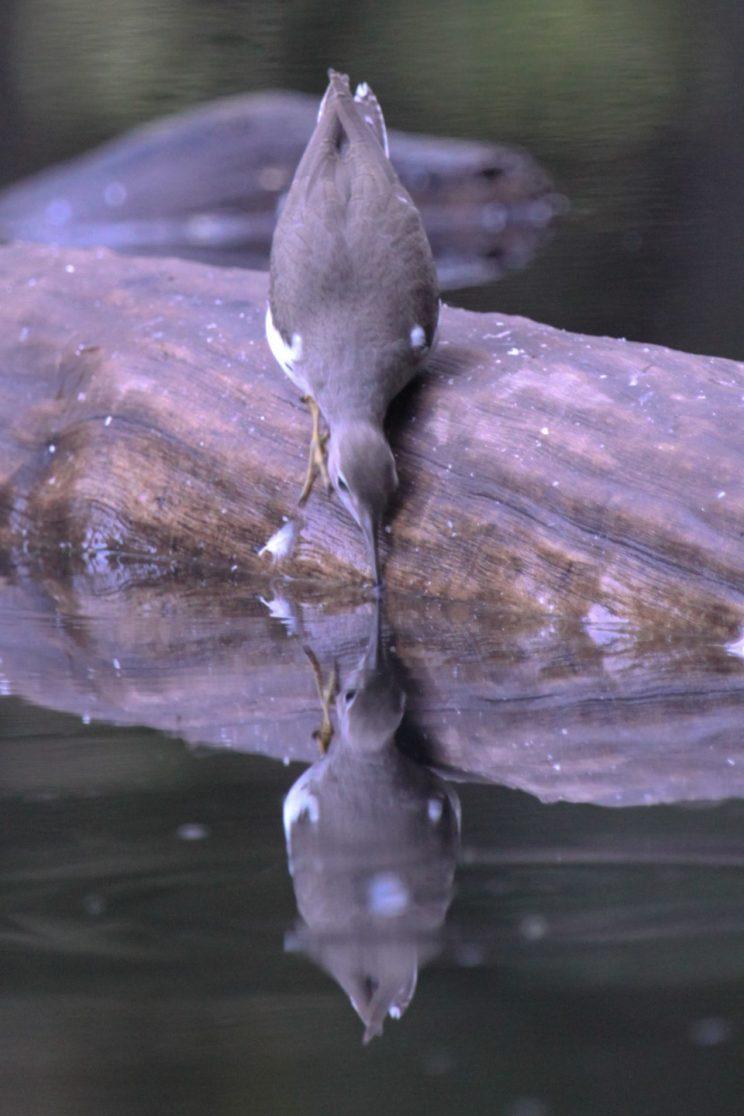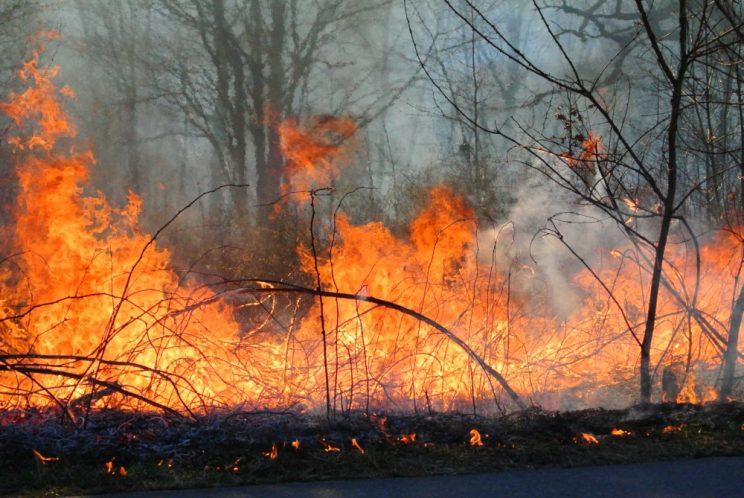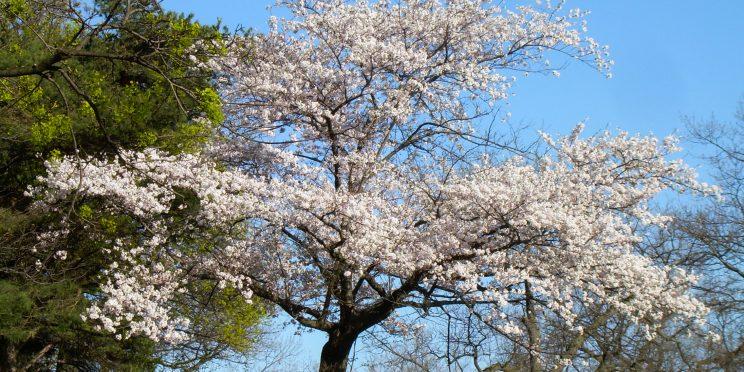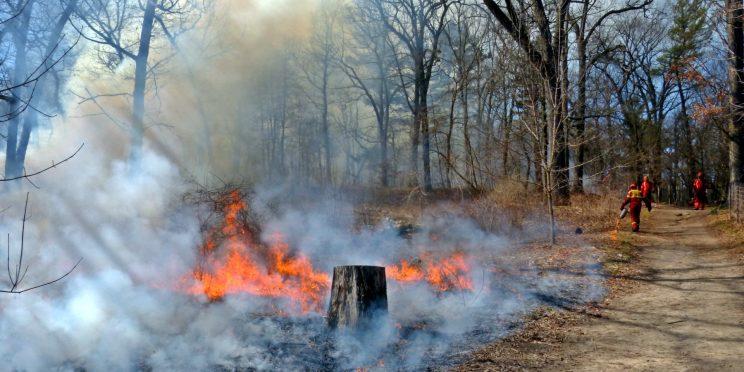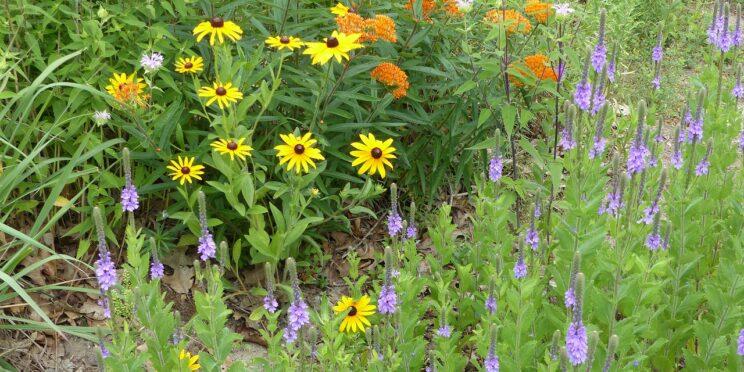Restoration in Toronto's High Park
High Park’s Black Oak woodlands and savannahs, in combination with its other unique plant communities, provide a unique refuge for plants and animals within Toronto’s urban environment. Starting in the mid-1970s, the City realized that the natural environment of the Park represented a key asset and began to change its management practices. A number of studies followed, leading to the adoption of a management plan for the Black Oak Woodlands and Savannah in 2002. The City of Toronto, with the support of community volunteer stewards, is continuing to protect and restore natural areas of High Park for the long term.
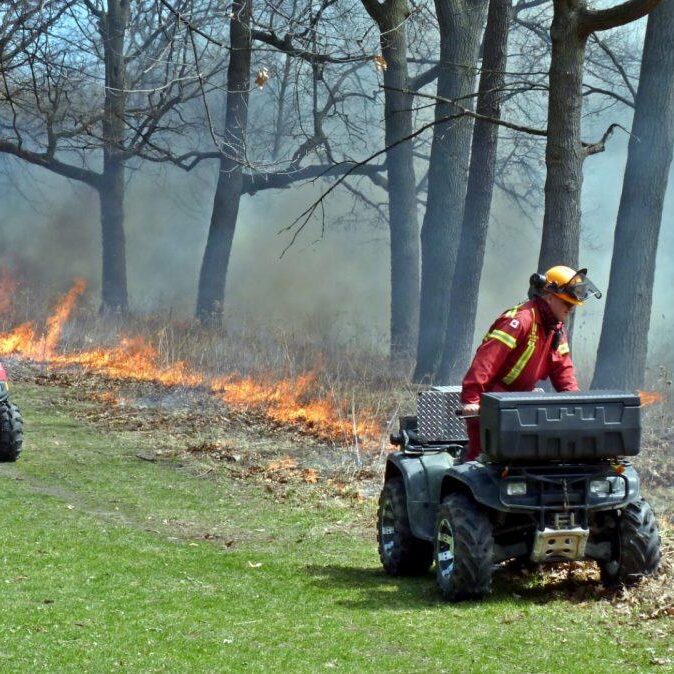
Principles to Guide Restoration
Source: High Park: A Jewel of Toronto's Park System
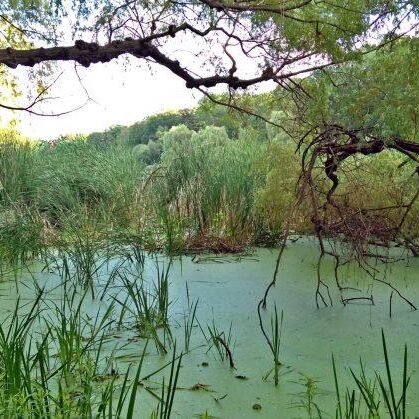
Aim for Sustainability
Restore the natural communities of High Park to a healthy and self-sustaining state. We must aim for terrestrial and aquatic systems that are natural, functioning, self-regulating and integrated with their surroundings.

Mimic Nature
Use historical and ecological evidence to guide restoration. Soils, topography and microclimate should dictate what a vegetation community should be. As far as possible, use local seed and plant sources.
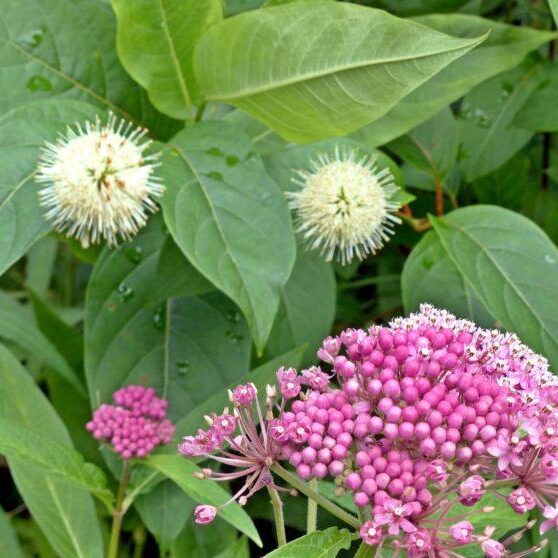
Use Appropriate Management Tools
High Park’s natural systems are complex and varied, and there is no single right way to tackle its problems, no “magic bullet”. We need to use a mix of management tools and select the best tool for the job and the site.
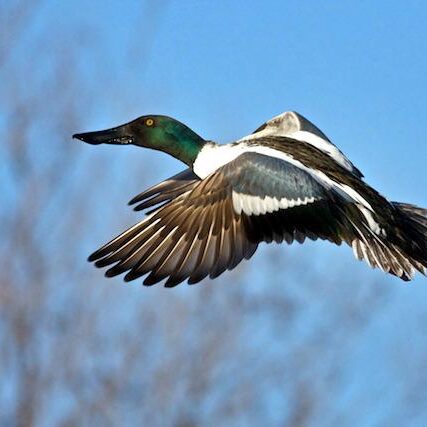
Use an Adaptive Management Approach
We need to learn as we go, apply what we learn, and adjust our methods and perhaps our expectations as we monitor progress.
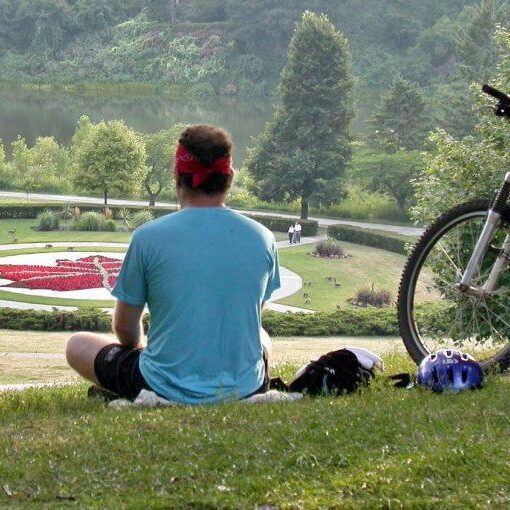
Balance Recreational Uses and Environmental Stewardship
People use High Park in many different ways. We must ensure that facilities, infrastructure and activities are compatible with the preservation of the park’s natural environment and character.
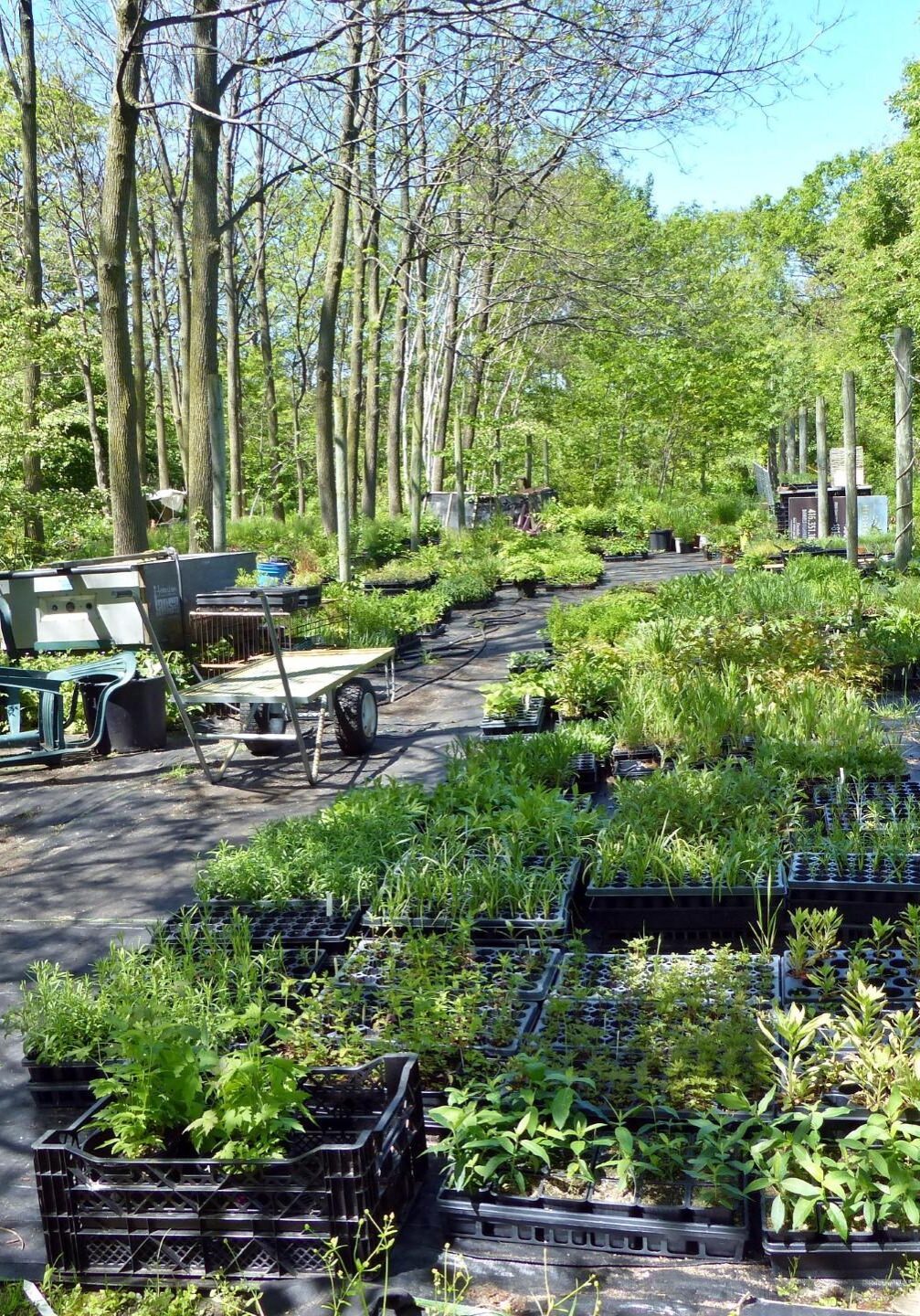
High Park Stewards
Volunteer Stewards have been working with the City of Toronto since 1996, to protect and restore the remaining natural areas of High Park.
High Park Natural Environment Committee
Volunteer group that advises the City of Toronto on the protection and restoration of the natural environment of High Park.

